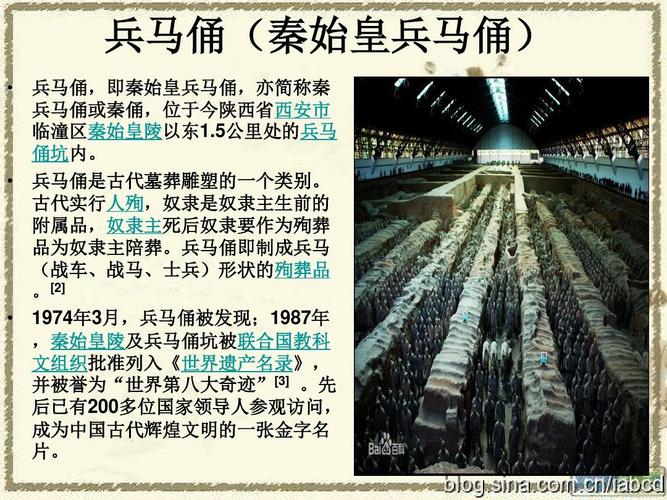
The Terracotta Army: An Army Frozen in Time
The Terracotta Army, discovered in 1974 by farmers digging a well in Xi'an, China, is a vast collection of terracotta figures dating back to the late third century BC. This army, numbering over 8,000 soldiers, chariots, horses, and other figures, was buried alongside Qin Shi Huang, the first emperor of China, to protect him in the afterlife. But what makes this ancient marvel truly unique?
Individuality in the Ranks: No Two Warriors Are the Same
Unlike mass-produced statues, each terracotta warrior is strikingly unique. The artisans of the Qin dynasty meticulously crafted each figure with incredible attention to detail, resulting in an army of individuals rather than a sea of identical faces.
-
Facial Features: From high cheekbones to broad noses, each warrior possesses a distinct face, believed to be modeled after actual soldiers in Qin Shi Huang's army. Subtle variations in eyebrows, eyes, mustaches, and hairstyles contribute to the remarkable individuality of each figure.
-
Expressions: The lifelike expressions of the warriors are perhaps their most captivating feature. Some stare straight ahead with stoic determination, while others seem to grimace with the strain of battle. These expressions, along with the individualized features, breathe life into the terracotta figures, making them appear eerily ready to rise and march again.
A Window into the Past: Unraveling the Secrets of Ancient China
The Terracotta Army is not just a breathtaking display of artistry; it's a treasure trove of information about ancient Chinese civilization.
-
Military Might: The sheer scale of the Terracotta Army, with its infantry, cavalry, and chariot units, offers invaluable insights into the military organization and tactics of the Qin dynasty. The armor, weapons, and formations of the figures provide a glimpse into the might of the army that unified China.
-
Weaponry: The bronze weapons found alongside the warriors are exceptionally well-preserved and provide valuable information about ancient Chinese metallurgy. The intricate details and craftsmanship of the swords, spears, crossbows, and arrows showcase the advanced weapon-making techniques of the time.
-
Qin Shi Huang's Reign: The construction of such a monumental project as the Terracotta Army speaks volumes about the power and ambition of Qin Shi Huang. It reflects his desire for eternal protection and his belief in his own legacy as the unifier of China.
FAQs
Q: How were the Terracotta Warriors made?
A: The warriors were created using a modular construction method. Body parts were molded separately and then assembled. Clay was used for the figures, which were then fired in kilns. Details like facial features were added after firing, giving each warrior a unique appearance.
Q: Why were the warriors painted?
A: Originally, the Terracotta Warriors were painted in vibrant colors to enhance their realism. However, exposure to air after their rediscovery caused the paint to flake off, revealing the terracotta beneath. Traces of the original pigments help researchers understand the color palettes and artistic techniques of the period.
Q: What is the significance of the Terracotta Army's discovery?
A: The discovery of the Terracotta Army was a monumental event in archaeological history. It provided a unique and unparalleled glimpse into the military practices, artistry, and cultural beliefs of ancient China, significantly enriching our understanding of this pivotal period.